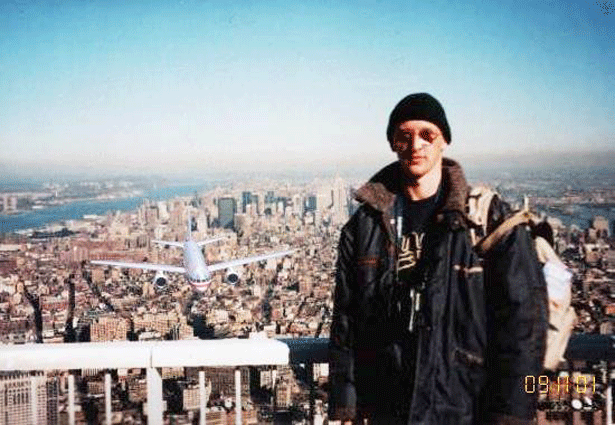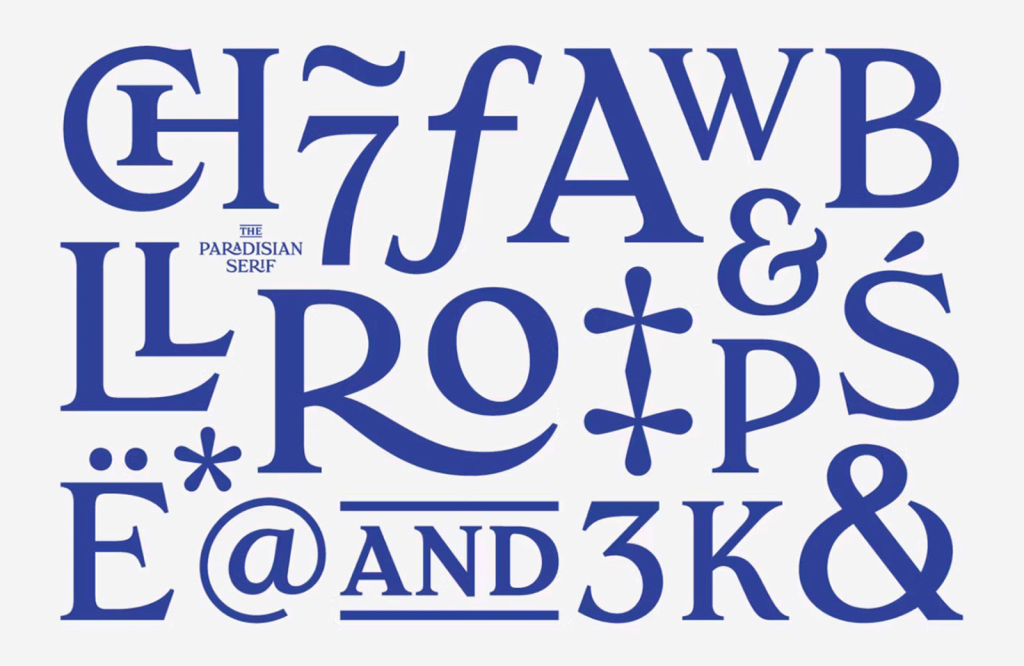A friend of mine (xomiele, as he’s known on his personal blog), who represents photographers and illustrators, was amazed at the number of hits a piece he created for fun was getting on the internet. He took a few Smurf figures and some household props and made a tribute to “The Last Supper.” To his delight, it was selected by Bit Rebels as “One Of The Best Parody Illustrations of The Last Supper.”
A very cool “15 minutes of fame” on the web. I’ve done a few myself, usually by accident, due to posting them on my Flickr or Photobucket account with public access.
The coolest thing is, if it contains a link, watermark, or tag so people know it’s your creation, you are getting great, free marketing. Some people make a practice of this. For designers, that seems easy, or at least it should be! A good viral image can make you famous, or infamous. It’s the new street graffiti.
It’s artistic terrorism. It’s meaningful messages and fun! Before you know it, you’re the new Banksy and people will be stealing your image and/or claiming it as their own!
Sometimes it’s as simple as posting it on your blog or photo sharing site, linking it on DIGG or StumbleUpon and sitting back while the hits and shares roll up. Good social media would consist of all of the above, Twitter, Facebook, Google+ and anything else you can think of. Just keep it our there!
Here’s an image I created during the last presidential election. It showed up in some odd places. For fear of legal reprisals, I never tagged it.
One of the first viral images of the 20th century was this Alfred Eisenstaedt photo that appeared on the cover of Life magazine. It has become iconic and, as seen by the spoof below, has been a part of recognizable pop culture for over sixty years.
A funny image but, as written on the site on which this appears, it is uncredited. What a shame for the creator.
A former teacher and inspiring mentor of mine, Joey Skaggs, is known as the master of the prank (officially a “Multimedia Artist”). He creates “events” and “happenings” that dupe the press and other media outlets. The internet was, it seems, made for him to take his work to the next level as his site, artoftheprank.com, attests. Read the manifesto on his site and you will be inspired and shocked, and you’ll smile at the simple gall and brilliance the man possesses.
For more than forty years, Joey Skaggs has hoaxed TV networks, wire services, newspapers, magazines, and radio stations around the world. From Good Morning America to CNN to Entertainment Tonight to the BBC to Globo TV. From The New York Times to The Washington Post to Il Giornale to Die Welt.
No international news source has been or continues to be safe from Skaggs’ exploits. Sometimes his work requires little more than an answering machine, a press release and the help of a few friends. Sometimes it takes years of dedicated research and development, assistance from highly specialized co-conspirators, and the best that technology has to offer before a concept is developed to the point of becoming a performance. Whichever the case, Skaggs has repeatedly made national and international headlines by creating and performing outrageous, funny, and incisive satirical commentaries on our times.
Many creatives have known about and successfully use the media for their marketing…FREE marketing! The internet is made for such usage and people are not only gaining notoriety by using the web but are also making money from the use.
Getting started
Although the event was of tragic proportions, you may remember the infamous “911 Guy.” A photo that was alleged to be of a tourist at the top of the World Trade Center when a picture was snapped seconds before one of the planes hit the tower.
It turned out to be a Photoshopped hoax but it took the internet by storm. “911 Guy” started showing up in some odd places. Spoofing current events is a fast way to have images that gain attention. While it may not have been the first meme, it was certainly one that the average person with photo-manipulation software could join in and see their creation spread over the world wide web.
Here’s some examples of images people created. Are any of them yours? A couple are mine, so watch out which ones you claim!
The current Photoshopping of the police officer spraying mace on people at the Occupy Wall Street protest, has become the hot meme to be mean. Once again, no one seems to be tagging their creations. Legally, one might be held accountable for libel in creating a false image of a live person. Although the spoofing law in the U.S. has some leeway for public figures, those who are public servants, such as this police officer, may not fall into the same category. By the same token, after a teen suicide brought on by cyber-bullying, new laws have been enacted, so Photoshopping a person into an embarrassing predicament can bring harsh and swift legal penalties.
While these a great ways to show your work, they are also terrific ways to show political messages. Many say that Barack Obama was the first political candidate to use the internet for fund raising and issue awareness. Just look at your Facebook or Google+ page and you’ll see dozens of examples of viral messages posted over and over again. They are more then examples of your design abilities—they are also examples of your social media know-how and that’s important in marketing yourself to clients these days.
A popular posting these days is the “de-motivational poster.” Based on the posters that hang in corporate offices to inspire underpaid employees to work harder for less pay, these are a sure thing when it comes to viral images…as long as the message is funny or thought provoking.
Be careful when creating an image. Why not use your knowledge of type and design for such a simple message? It may be popular for the message but if you want to claim the credit, be sure it reflects a portfolio piece so prospective clients will say, “you did that?” with pleasant surprise and not, “you did that?” with disdain.
By the same token, the following piece echos the feelings of every creative yet, unfortunately, the misspellings and bad grammar weaken the message and is, in my opinion, a negative message for the very group it aims at elevating in the eyes of non-creatives. We don’t do work for free because we are professionals, but because we can’t spell or form a proper sentence. Does it gain respect? Does it paint a picture of professionalism among creatives or put forth the image of the “funky,” “non-conformist” artist?
An artist referred to as “Steam Crow” recently used the viral power of Facebook to help him choose which image to print for his line of products. Posting to his Facebook Account, it didn’t take long for an overwhelming response, shares and a breakout from Facebook onto other net pages. Was it truly his inability to choose from many images or smart marketing?
The College for Creative Studies knew what they were doing when they created this hilarious spoof of anti-drug ads for a campaign to gain enrollment…of drug-addicted art students. Naturally, the ads found their way onto Facebook and Google+, so why pay to have them printed in a magazine or pay for click-thrus on web sites?
Can you make money from these?
Aside from the free marketing a viral image will provide, there are ways of monetizing images. For example, someecards.com may sound familiar. If you like the images, you can buy them on products, too!
Whatever avenue you take with viral images, keep a marketing plan in mind, keep at it so you are always in front of people and in their minds.
With a little tempered self-editing (political and religious messages can polarize your audience and, hence, your client prospects), you can be all over the web and that’s advertising money won’t buy…unless you’re Apple, and then you won’t care what people think of your messages because you’ll have more cash then most countries in the world!
Have you created a viral image? Post it for us to see!




























